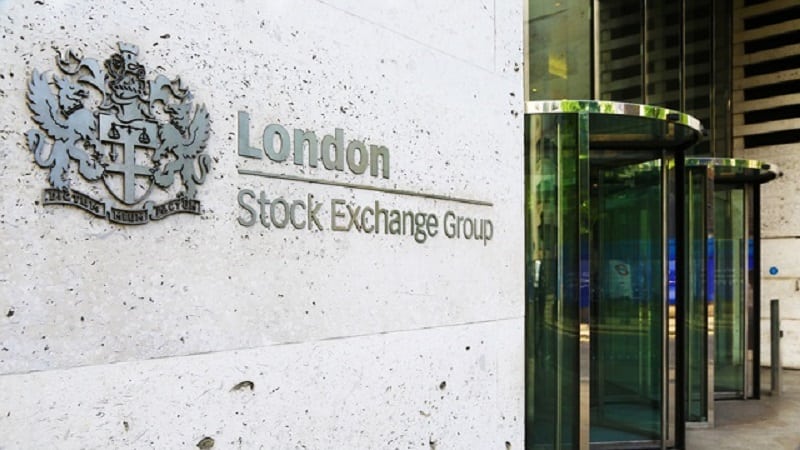Global growth in Q1 was 2.5% though growth inQ2 is expected to push towards 3.25%.
The DM and EM divide
However, Brunner says: “What is clear, however, is a growing divide between the developed and emerging economies with a number of the former countries seeing definite signs of improvement while the latter have experienced downward revisions to growth forecasts virtually across the board.”
He cites the reason for this as a combination of the Federal Reserve signalling the gradual end to QE that has tightened global financial conditions largely through higher bond yields. At the same time China continues its own reform path and is content to see growth fall from close to 8% in Q4 last year to 7.5% in Q2 this.
“A number of EM countries were already facing domestic difficulties, including some of the largest such as Brazil, India and Indonesia, and recent capital flight has only added to bond market and exchange rate volatility,” he added.
For Brunner’s full report, click here.
Fixed income not so fixed
The end result was that by the end of June, most fixed income markets had seen losses as yields on corporate and government bonds rising. The Bank of America Merrill Lynch Global Broad Market index recorded a loss of 1.4% in June, concluding the worst quarter on record.
All types of bond fund have seen huge outflows, with emerging market debt (EMD) hit particularly hard – EMD yields ended June averaging 7%, up from 5% in April.
Emerging market equities also suffered, though local currency losses of 5.5% in May were on a par with those of the UK and Europe.
While fixed income and equities both produced negative returns in June, developed markets significantly outperformed their emerging country peers in common currency terms.
“With commodity prices under pressure again only UK commercial property and cash produced positive returns,” Brunner said.
So what does this mean for asset allocation?
According to Brunner: “Equities remain preferred to bonds, especially following the recent correction, as the bond market is still only at the beginning of a long-term change in trend towards higher yields.
“That growth returned to UK commercial property values in May highlights an improving outlook that warrants an overweight position, for institutional investors at least.”










